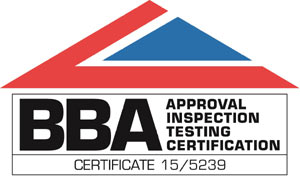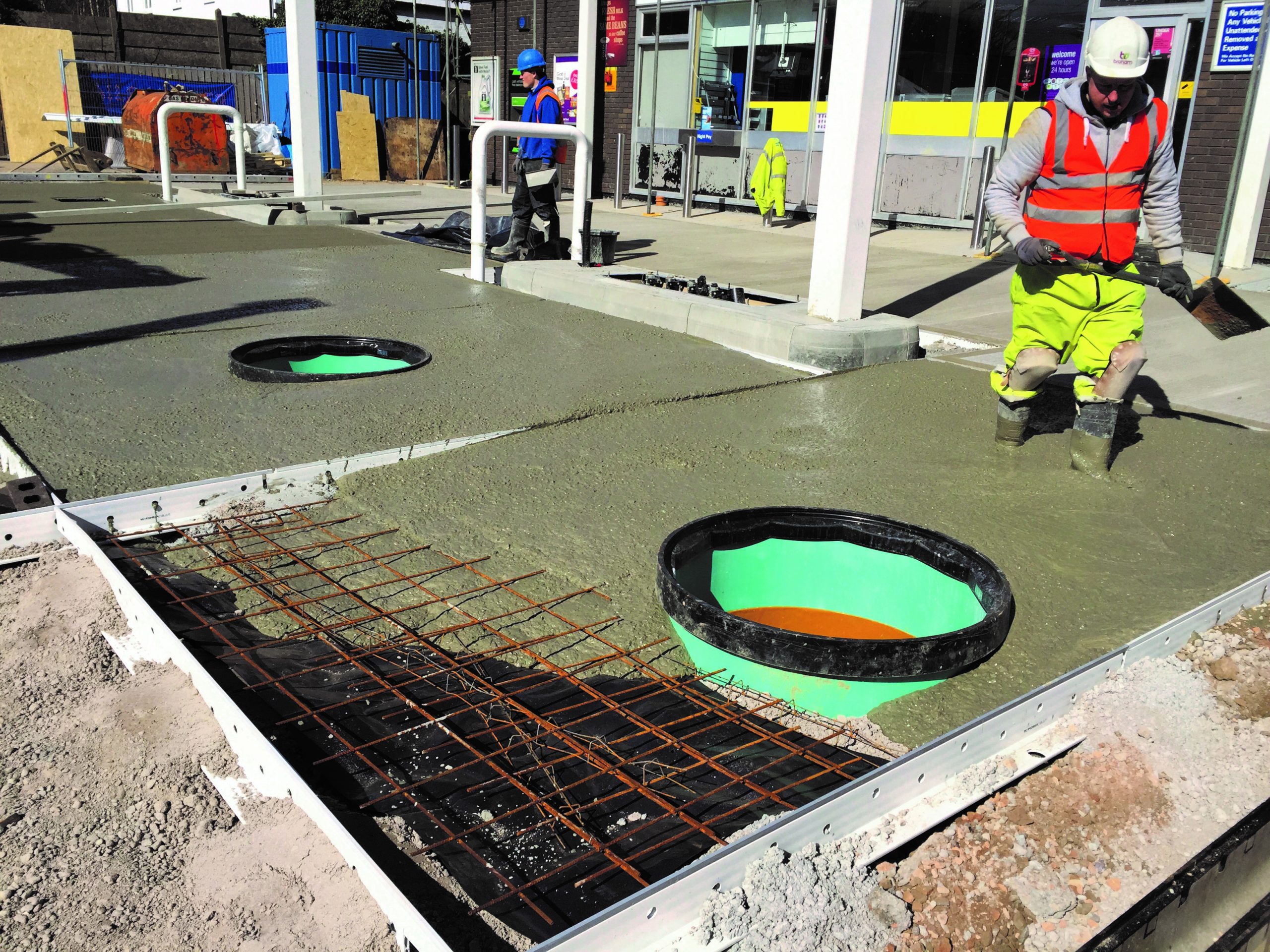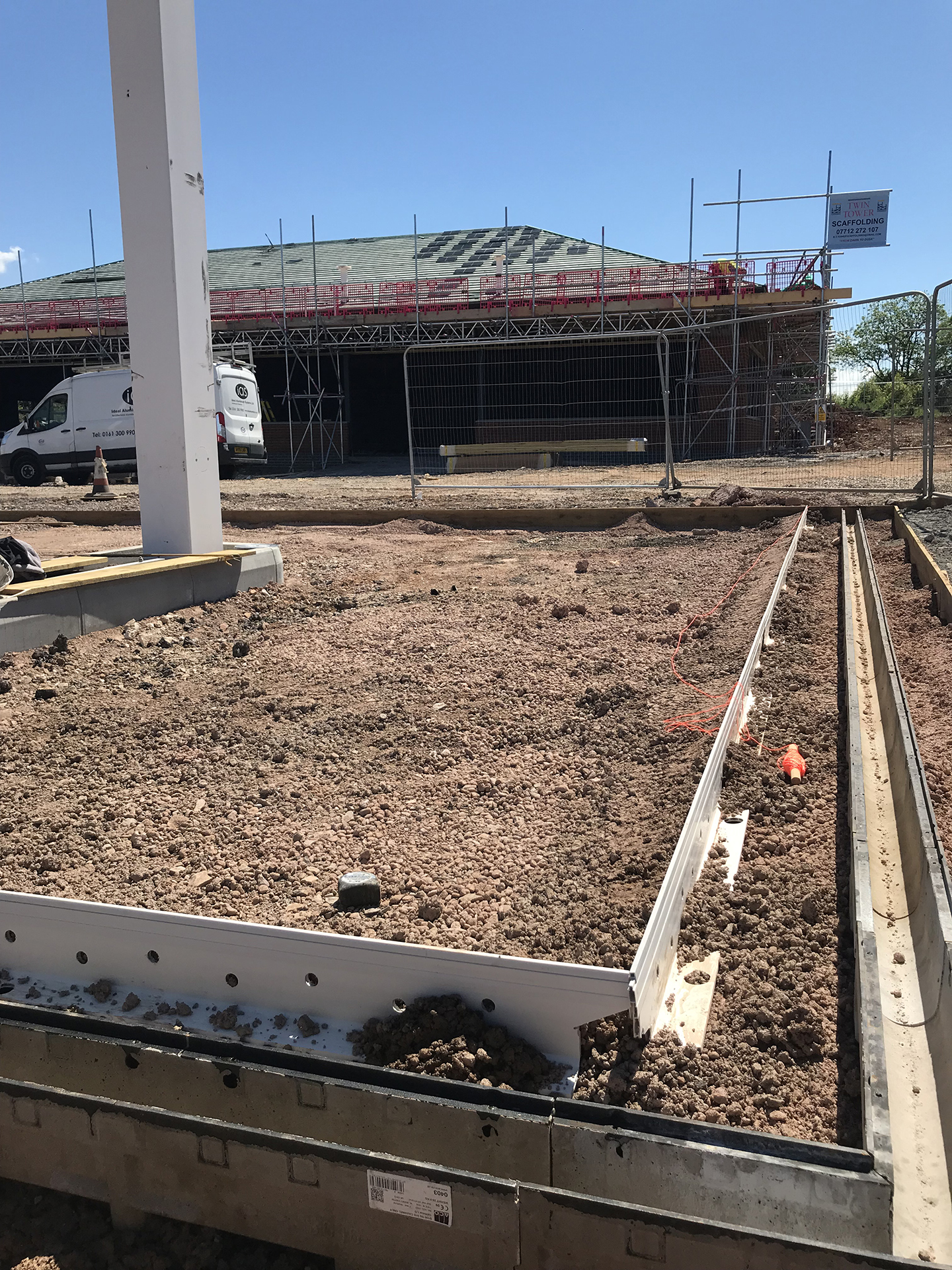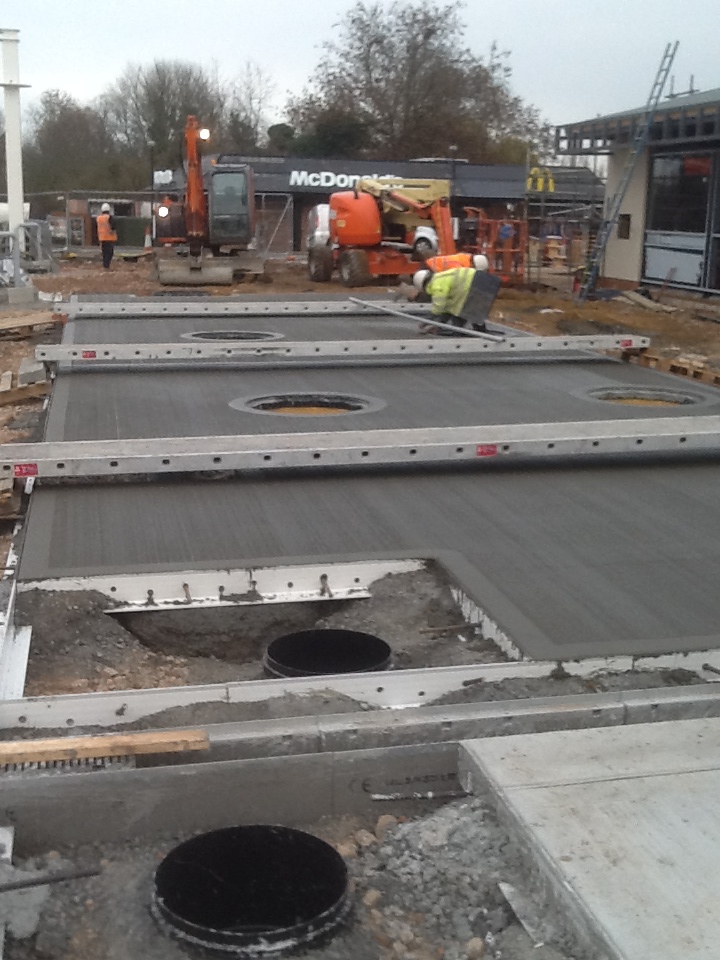Health & Safety Inspection, Bishops Stortford
The original and only certified solution


The Project

The risks and the regulations
One of the most significant risks for site operatives working on building sites is manual handling. Manual handling is the biggest cause of workplace injuries and absence in the UK, a cost to employees that is never included in cost comparisons – it is also a big cost to the economy in disability benefits. While materials may often be delivered to site by lorry mounted loader cranes, and it may be possible to move materials around site with site machinery, it often falls to site operatives to decant pallets and move materials the final few metres to the place of use, often on rough ground with obstructions in their path.
The Manual Handling Regulations require employers to avoid hazardous manual handling, and if this is not possible, to reduce manual handling risks so far as is reasonably practicable.
The brief
Health and Safety consultants, Tony Adcock Ltd., were commissioned to inspect and report back on a real site scenario where concrete slabs were being poured.
The purpose of the inspection was to review the laying of concrete using K-Form sacrificial screeding rails. rather than conventional road forms. The inspection focused on the health and safety benefits rather than the cost benefits.

The inspection
A typical 3m conventional section of road form weighs 28kg, (a two-man lift), whereas a 3m section of K-Form weighs only 4kg, thereby giving a seven-fold reduction in the risk of manual handling injuries.
Manual handling injuries are not just confined to weight; operatives can sustain injuries from physical contact with the sharp metal edges of road form – no such risks exist with the uPVC K-Form.
K-Form sections are fixed in place on concrete pads, while traditional road form is held in place by metal stakes. Fixing the stakes in position presents further risks from noise, vibration and physical injury, and removal of the stakes and the road form itself places further strain on the operatives’ backs, with the added potential for further manual handling injuries. Inserting stakes into the ground presents a risk of contact with underground services, such as gas, electricity, water and telecoms, with worst case risks of explosion and electrocution.
The conclusion
The use of K-Form not only results in significant cost savings over conventional road form – the cost of the sections is more than outweighed by the reduction in labour costs – but also significantly reduces the risk of serious injury, from manual handling, noise, vibration, electrocution and explosion. This results in further financial savings from reduced absenteeism, reduced injury claims and the reduced likelihood of prosecutions.
